
In life, there’s often one thing that holds the power to move mountains, for me, that has always been education. Thankfully, this passion perfectly aligns with ESTEC’s corporate philosophy.
Recently, while reviewing our case studies in the Education sector ahead of engagements with several institutions, two remarkable projects caught my attention, JKUAT’s Food Fortification Laboratory and Kenyatta University’s National Phytotherapeutics Research Centre (NPRC) Lab. These are not just facilities; they are transformative initiatives that showcase the limitless potential of collaboration between Education and Industry. Let me tell the story of the JKUAT Food fortification lab.
The JKUAT Food Fortification Lab – A Case of Science Saving Lives
Food fortification is the deliberate addition of essential vitamins and minerals to commonly consumed foods. Following national surveys that revealed rising malnutrition rates, especially among women and children, the Kenyan government passed legislation in 2012 making fortification mandatory for staple foods like packaged maize flour, wheat flour, and edible oils.
To anchor this massive effort, the European Union funded the establishment and equipping of the Kenya National Food Fortification Reference Laboratory at JKUAT. This facility plays a central role in fortification monitoring, regulation and compliance with national standards.
And yes, you guessed it, ESTEC was part of this impactful story. We proudly equipped this state-of-the-art laboratory, The other key stakeholders in this program such as Kenya Bureau of Standards (KEBS) and National Public Health Institute (NPHI) are both valued ESTEC clients.
The Impact Beyond the Lab
By now, many of us have done or are planning our monthly household shopping. I can bet you passed by the maize flour or wheat flour shelves and picked your favorite brand; Soko, Jogoo, Mama, Pembe, or perhaps the newer one, Lea.
Now, look at the packaging. You’ll see a fortification logo and a declaration of essential nutrients like Zinc, Iron, and various Vitamins. But here’s the critical question: How do regulators and manufacturers prove these nutrients are present in the required, life-saving amounts?
That’s where ESTEC comes in.
We supply the analytical solutions,(technology and expertise) that make this verification possible, ensuring every meal contributes to a healthier, safer population.
Now that we’re on “kitchen matters,” it’s worth noting that our vision “A Safe and Healthy Africa” wasn’t just coined by a kitchen cabinet to suit this story. It’s a daily commitment that guides every solution we provide across sectors.
The Science Behind Assurance
To test essential minerals like Iron and Zinc, laboratories rely on advanced analytical equipment like Atomic Absorption Spectroscopy (AAS) or Inductively Coupled Plasma Mass Spectrometry (ICP-MS). Vitamin A analysis is performed using a UV-VIS Spectrophotometer.
In this context, it’s not just about nutrition. Contaminants like Aflatoxin must also be monitored using instruments like High-Performance Liquid Chromatography (HPLC),a topic for another day!
Beyond supplying and installing this sophisticated technology, we provide reliable technical support. We know that prolonged downtime in this lab could literally mean meals across the country lack essential nutrients. The stakes are immense.
The Measurable Impact
It’s always satisfying when data reveals the fruits of scientific collaboration. At a stakeholder meeting last year, Prof. Daniel Sila, Principal at JKUAT’s College of Agriculture and Natural Resources and a key architect of the Food Fortification Lab, shared encouraging results:
“The efforts have enhanced fortification compliance among maize millers from 16% in 2018 to 45% currently. Compliance among wheat millers has also improved from 18% to 85% over the last five years.”
Such milestones remind me why I’m deeply passionate about what I do. Behind such statistics lies a story of improved health, better nutrition, and transformed lives.
Looking Ahead – Where Education Meets Industry
While this article highlights just one stream of collaboration, there are countless others waiting to be explored. Educational institutions hold immense potential to serve as research and innovation platforms for industry players fostering a continuous exchange of ideas, expertise and solutions.
Because when Education and Industry work hand in hand, we don’t just move mountains we build a healthier, safer and more resilient Africa.
Now, let me go and boldly share this story during my presentations with the institutions that inspired this reflection.
Written by: Mark Makau
Application Specialist, Spectroscopy

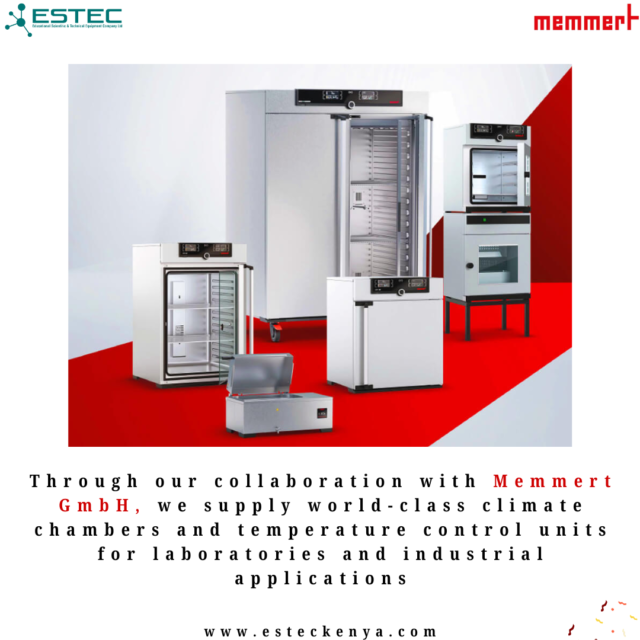
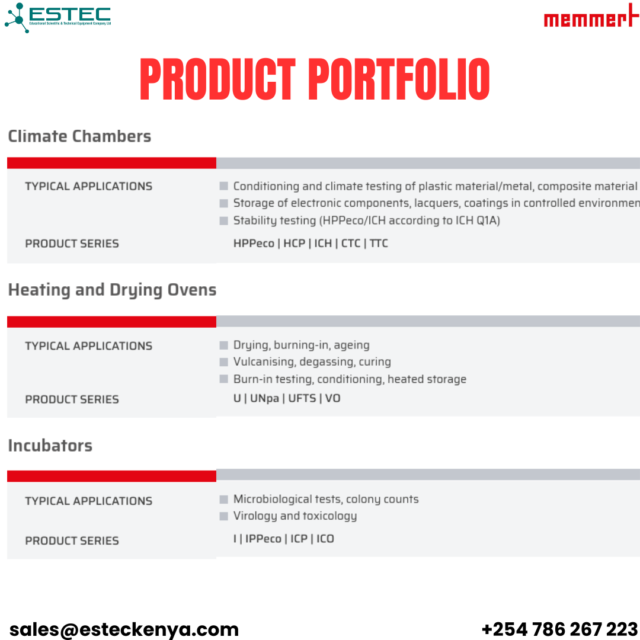
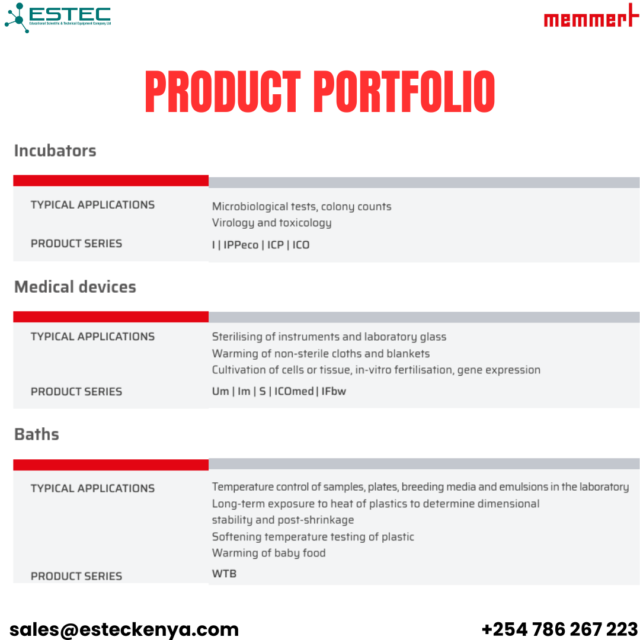
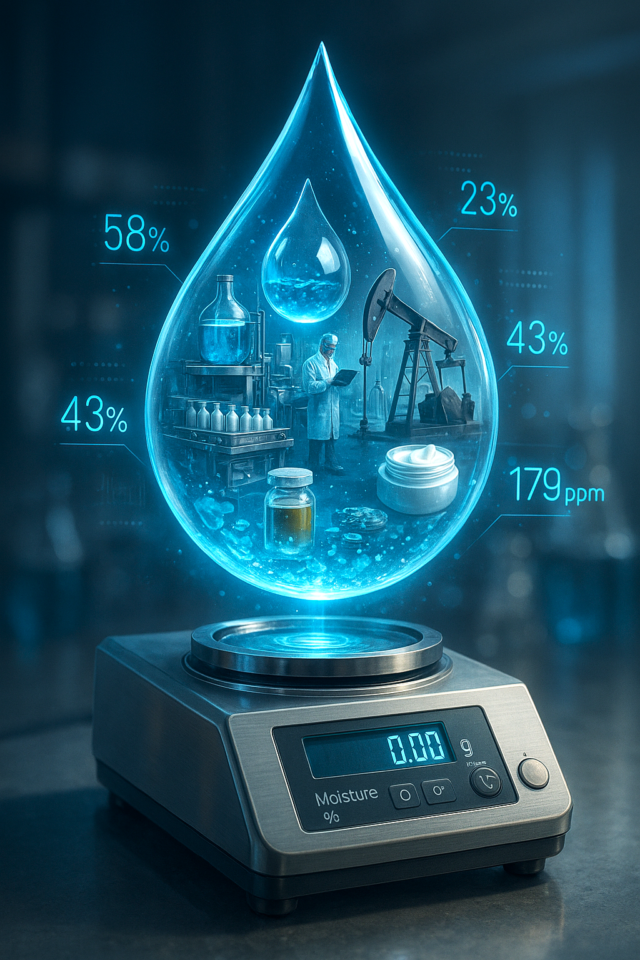
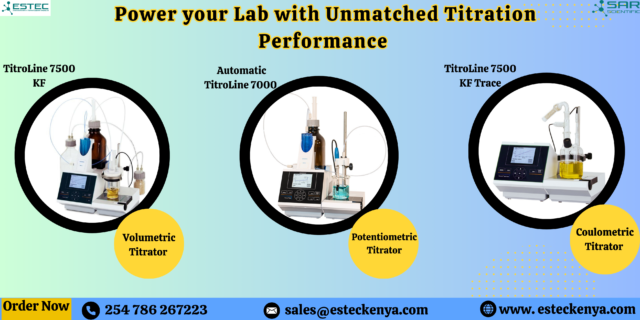
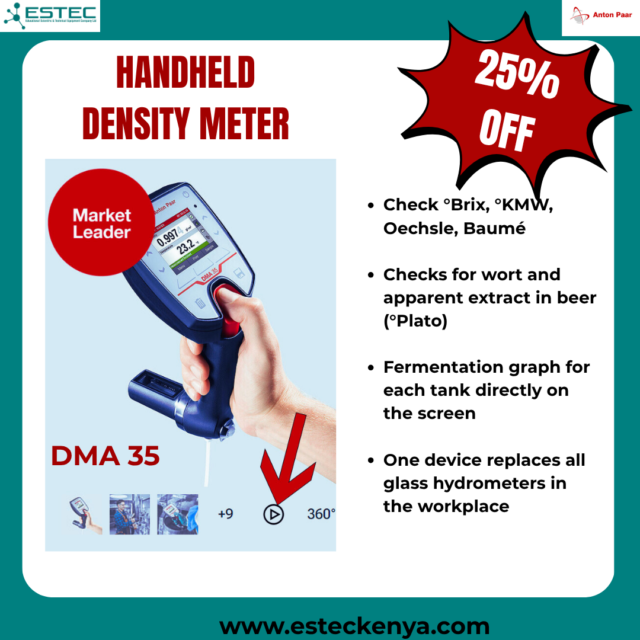
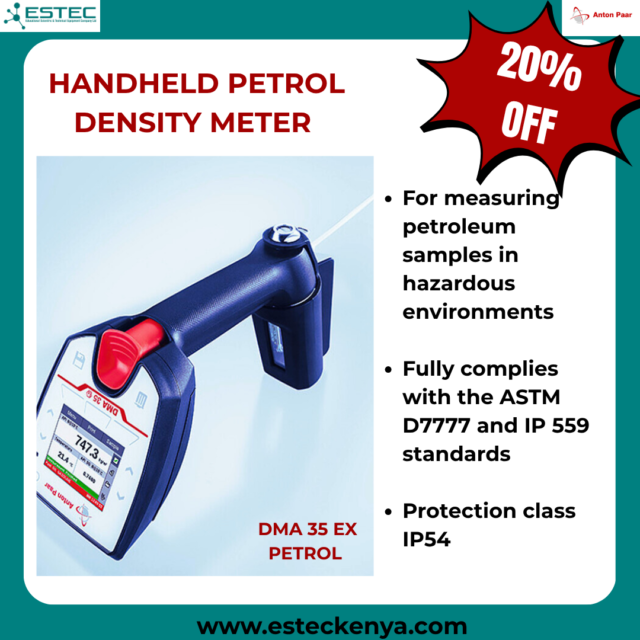
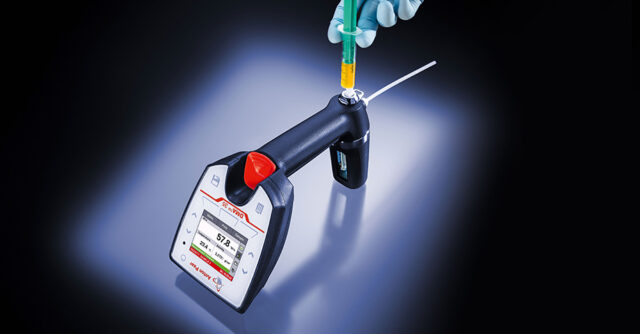
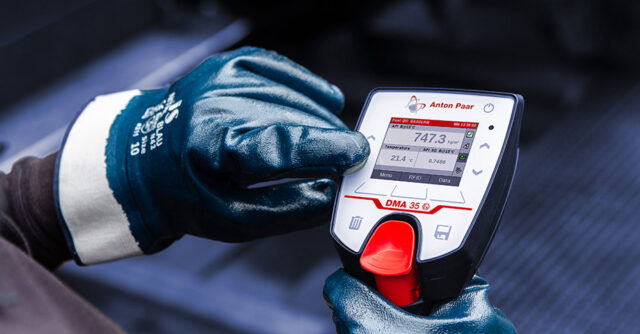

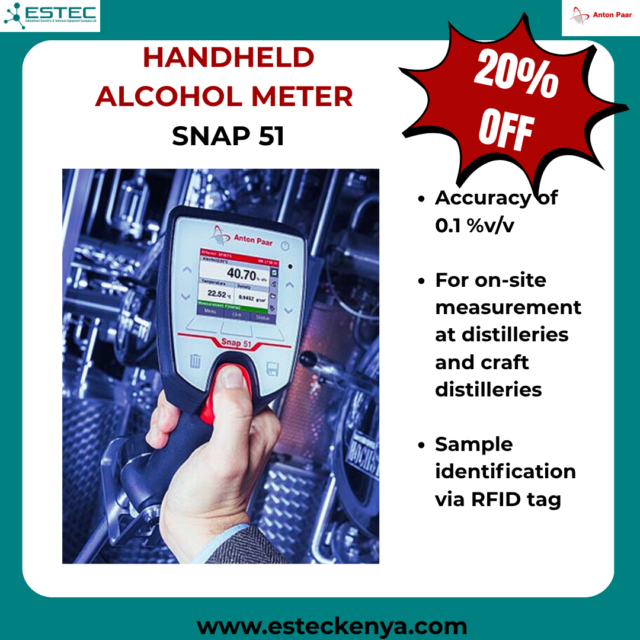
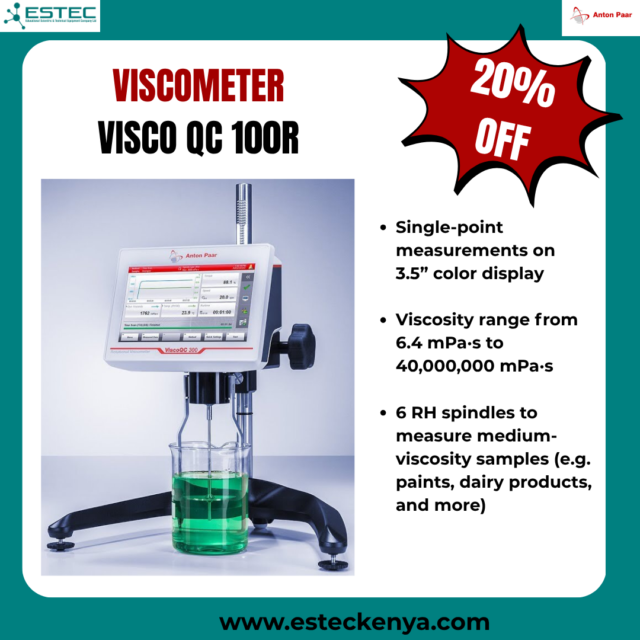
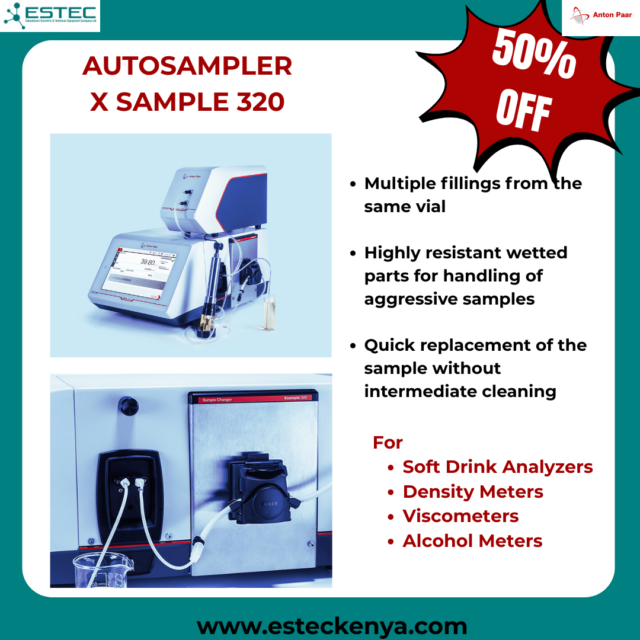

 ESTEC Team welcoming attendees
ESTEC Team welcoming attendees 



 Mr. Patel addressing attendees during the 45 years anniversary celebration
Mr. Patel addressing attendees during the 45 years anniversary celebration
 Caroline, ESTEC’s longest serving employee
Caroline, ESTEC’s longest serving employee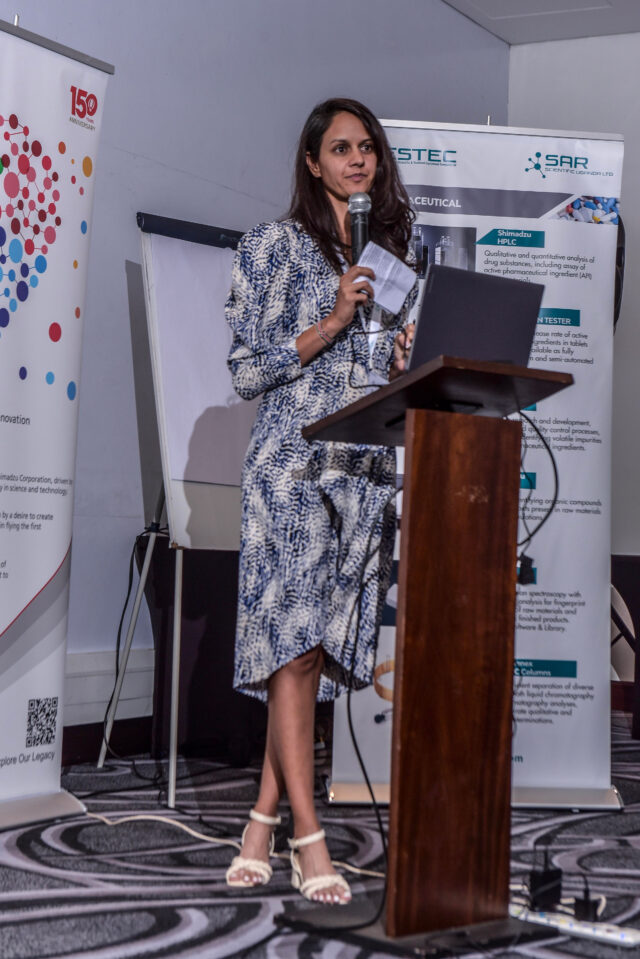 Sonia Pater. ESTEC’s Operations Manager.
Sonia Pater. ESTEC’s Operations Manager. Mr. Henry Rotich, KEBS
Mr. Henry Rotich, KEBS Dr. Kigera of MEDS
Dr. Kigera of MEDS Mr. Kabbis, Bureau Veritas
Mr. Kabbis, Bureau Veritas Dr. Ngumo of NQCL
Dr. Ngumo of NQCL





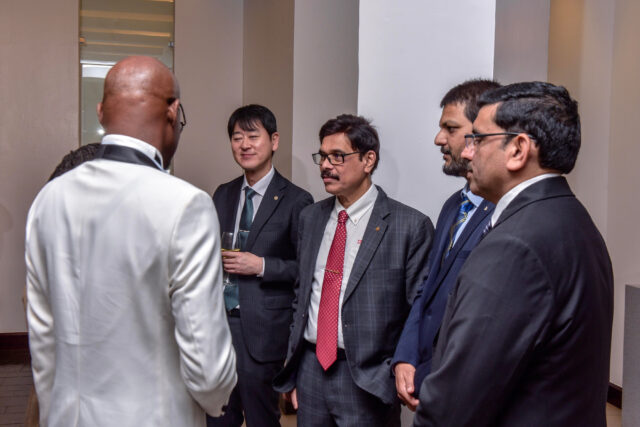




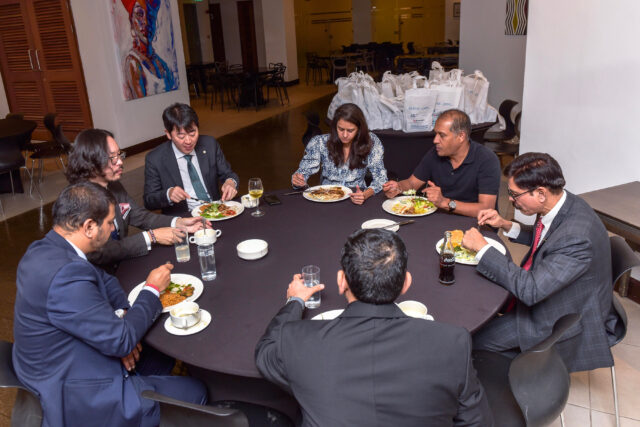

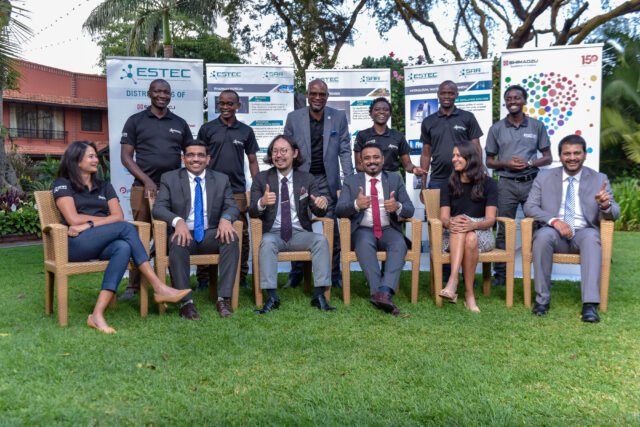
 Mitchelle
Mitchelle  Tom
Tom Sailesh Dhamale, Training Manager, SMEA
Sailesh Dhamale, Training Manager, SMEA Anant, LC Specialist, SMEA
Anant, LC Specialist, SMEA Sampath, Spectroscopy Specialist, SMEA
Sampath, Spectroscopy Specialist, SMEA






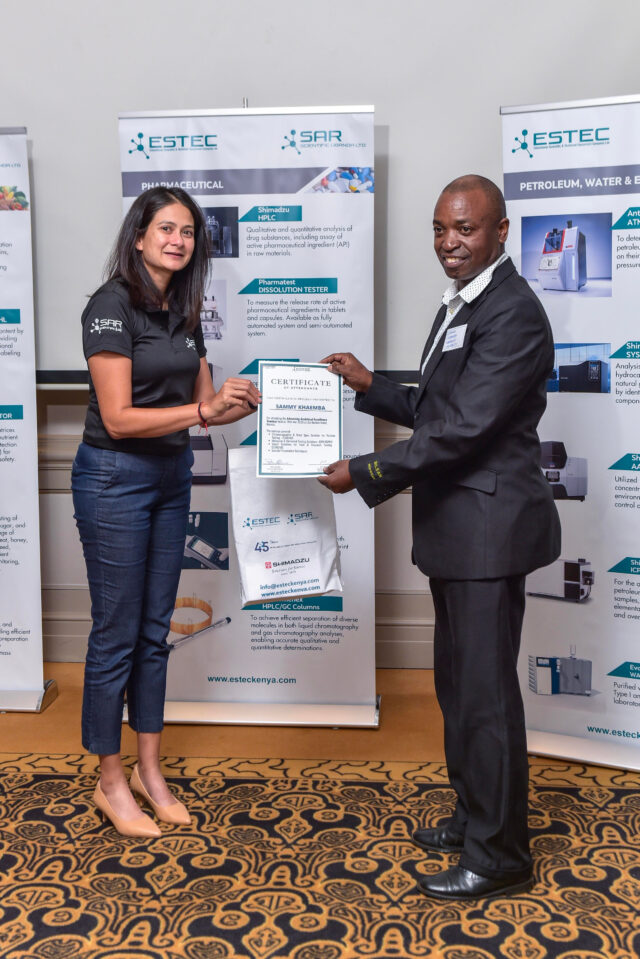



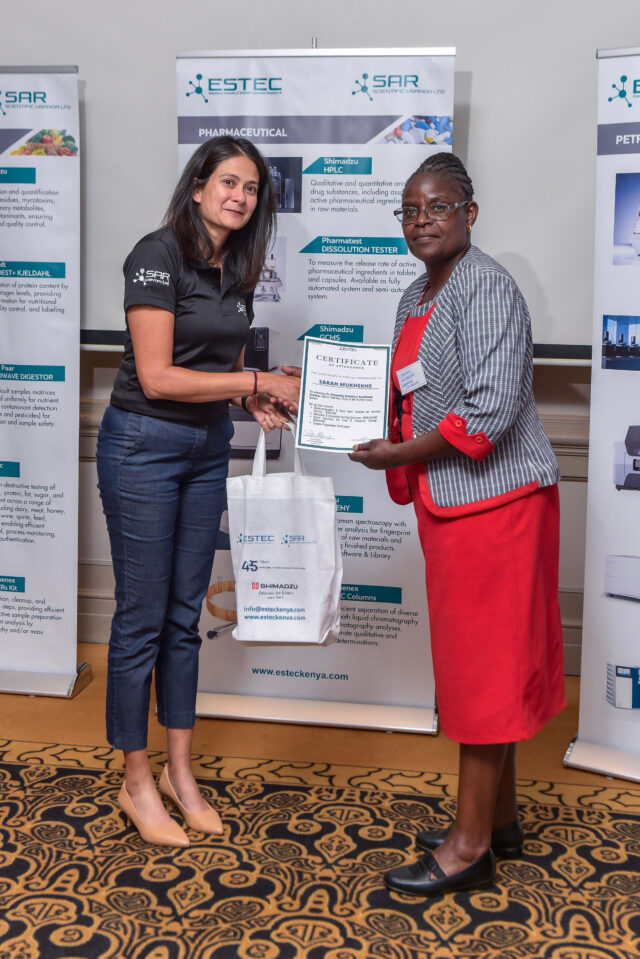





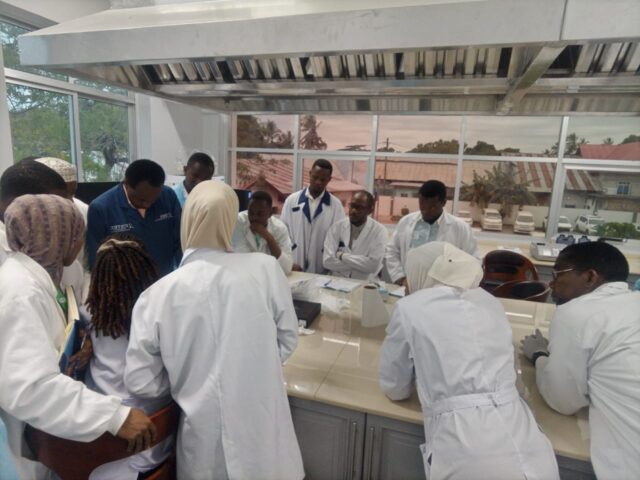




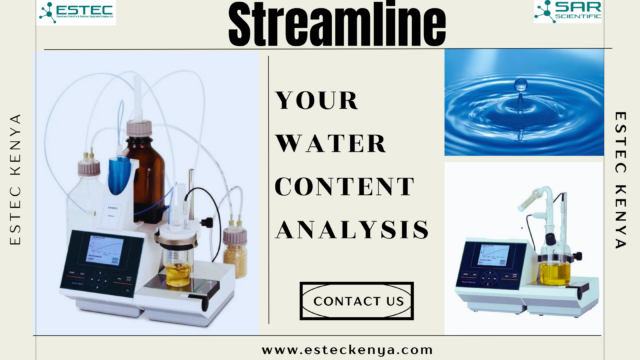
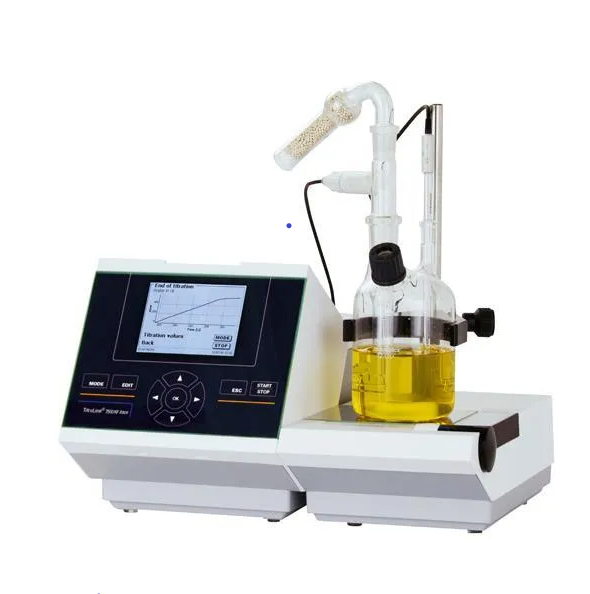
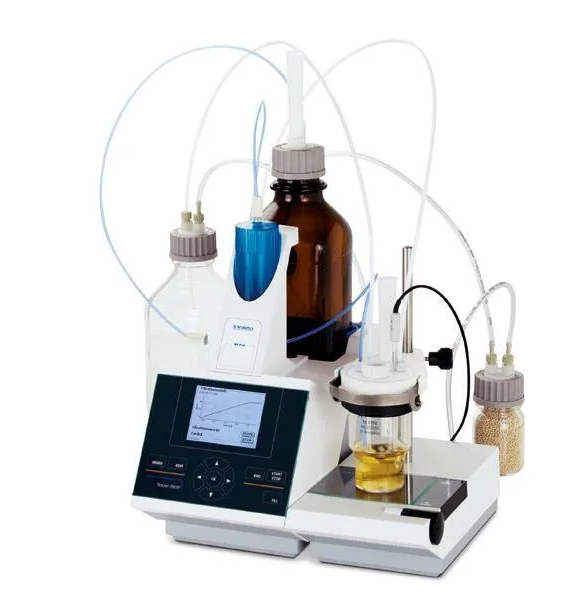
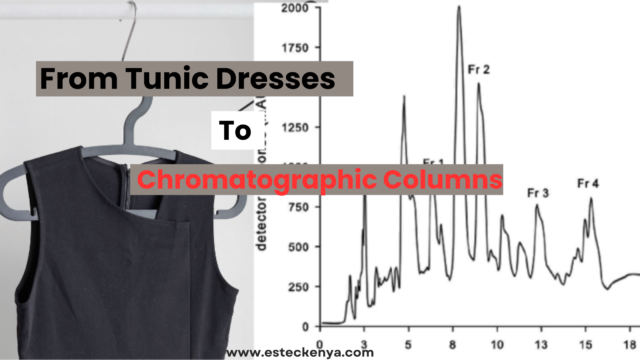
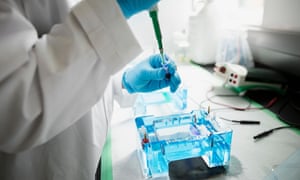
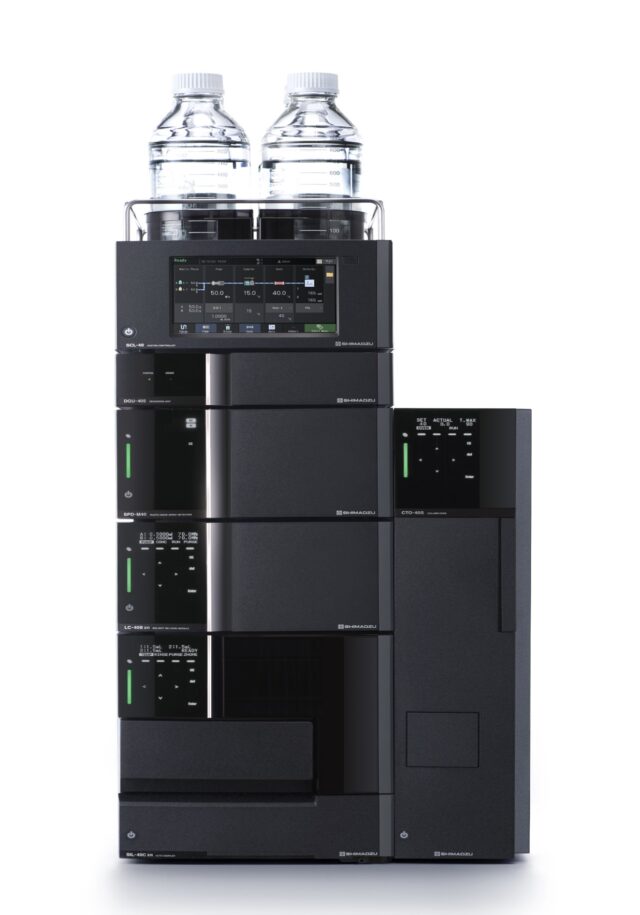 Now, let’s talk about the real shocker – chromatography. Studying it in theory was one thing; facing an HPLC (High-Performance Liquid Chromatography) system was another. My college practical hadn’t ventured beyond direct titrations. The first time I saw an HPLC, I was baffled. And when it came to handling a chromatographic column, well, that’s a comical tale of trial and error.
Now, let’s talk about the real shocker – chromatography. Studying it in theory was one thing; facing an HPLC (High-Performance Liquid Chromatography) system was another. My college practical hadn’t ventured beyond direct titrations. The first time I saw an HPLC, I was baffled. And when it came to handling a chromatographic column, well, that’s a comical tale of trial and error.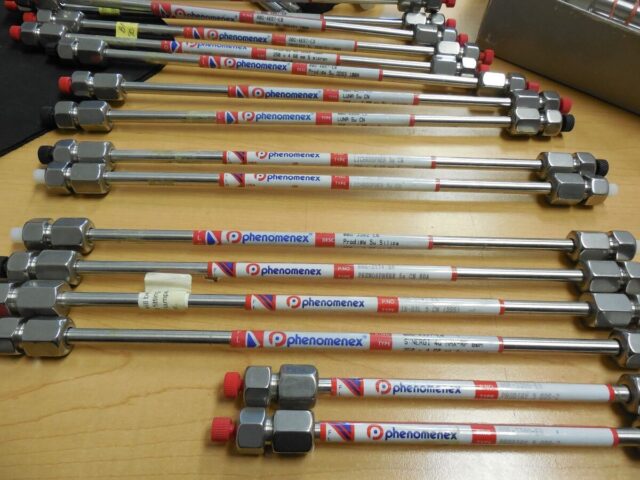
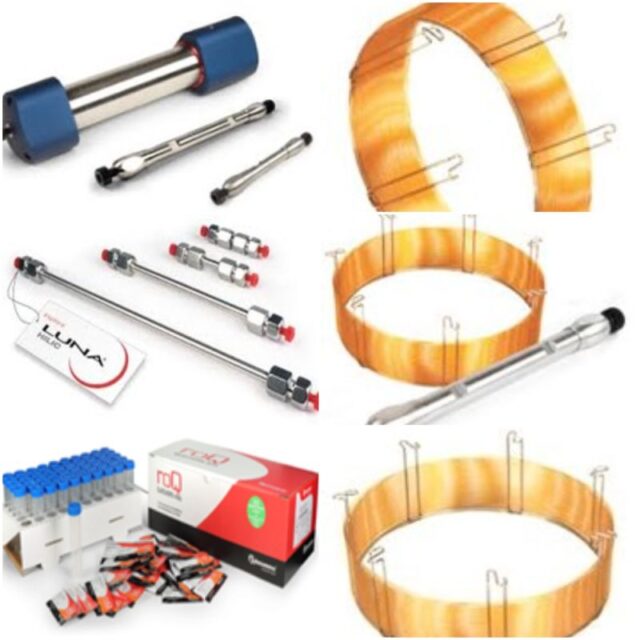 els.
els.